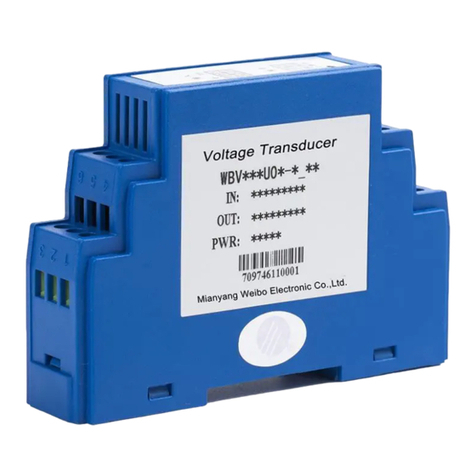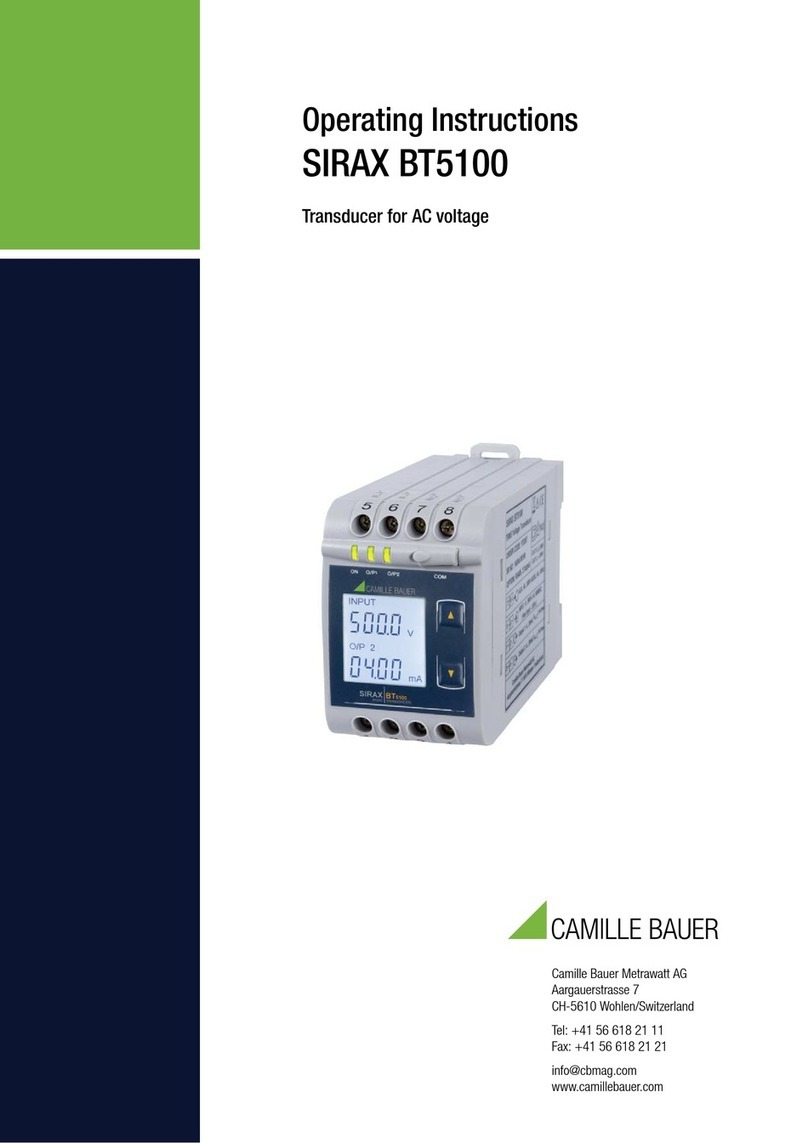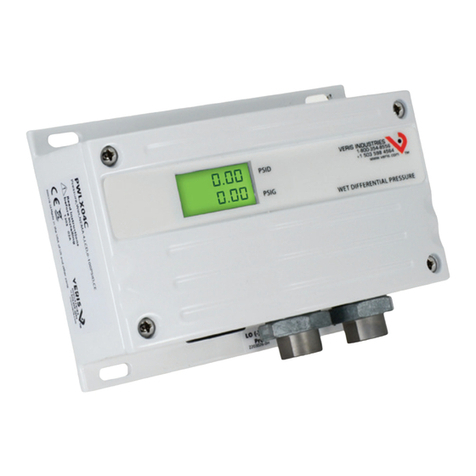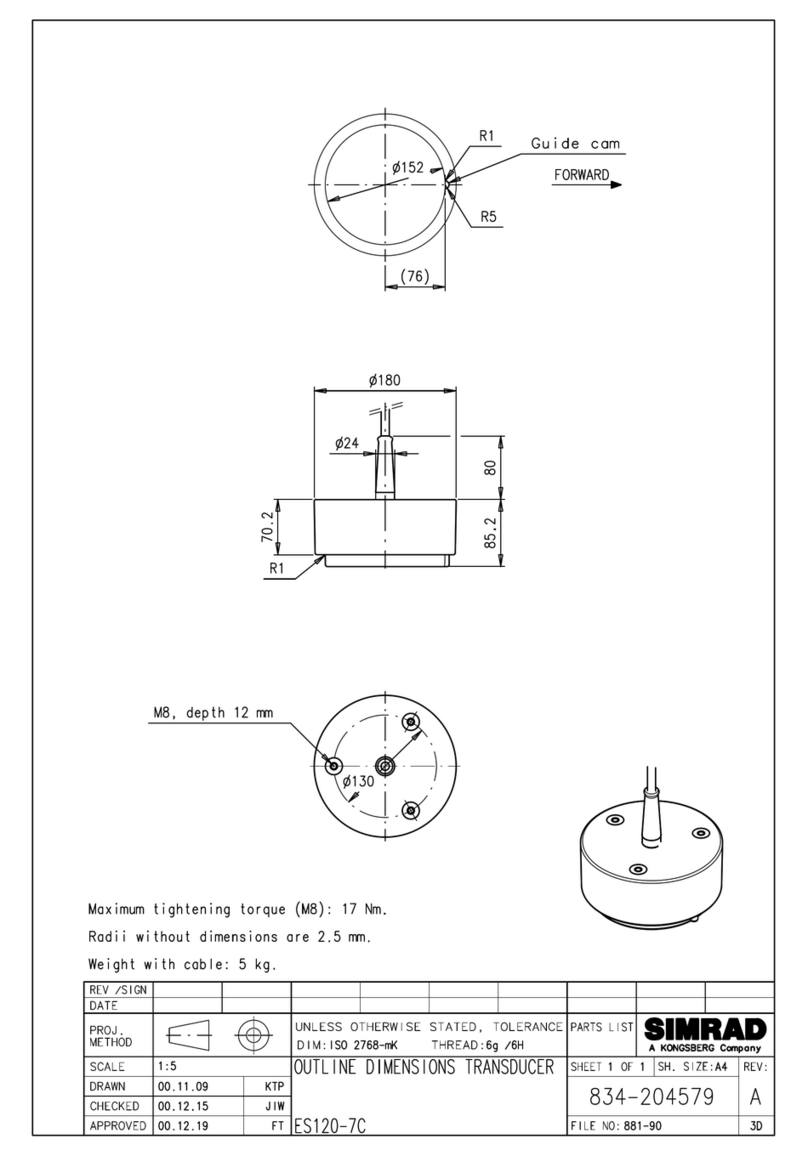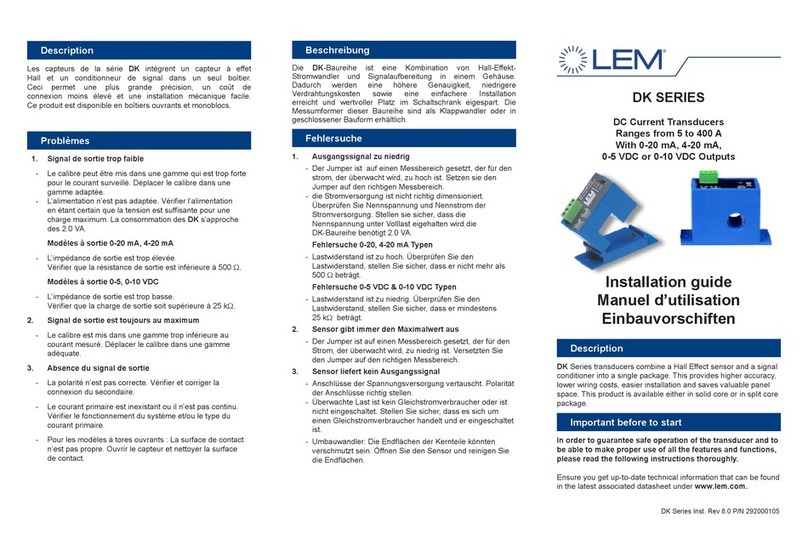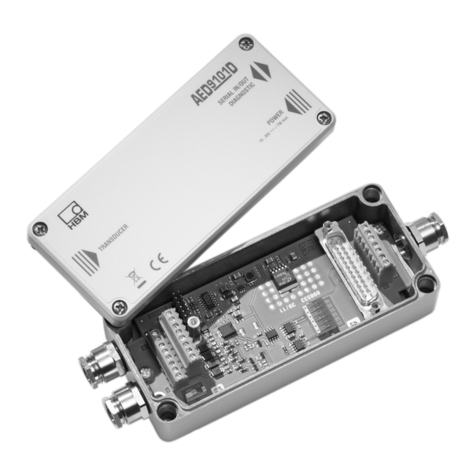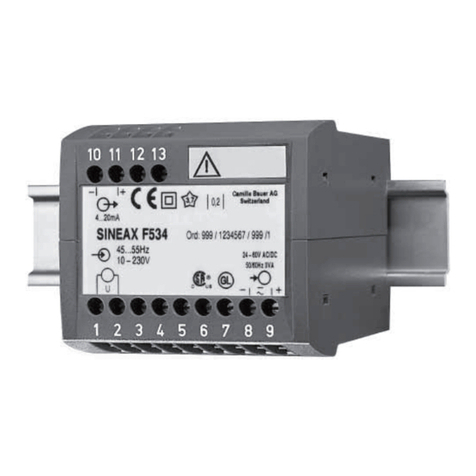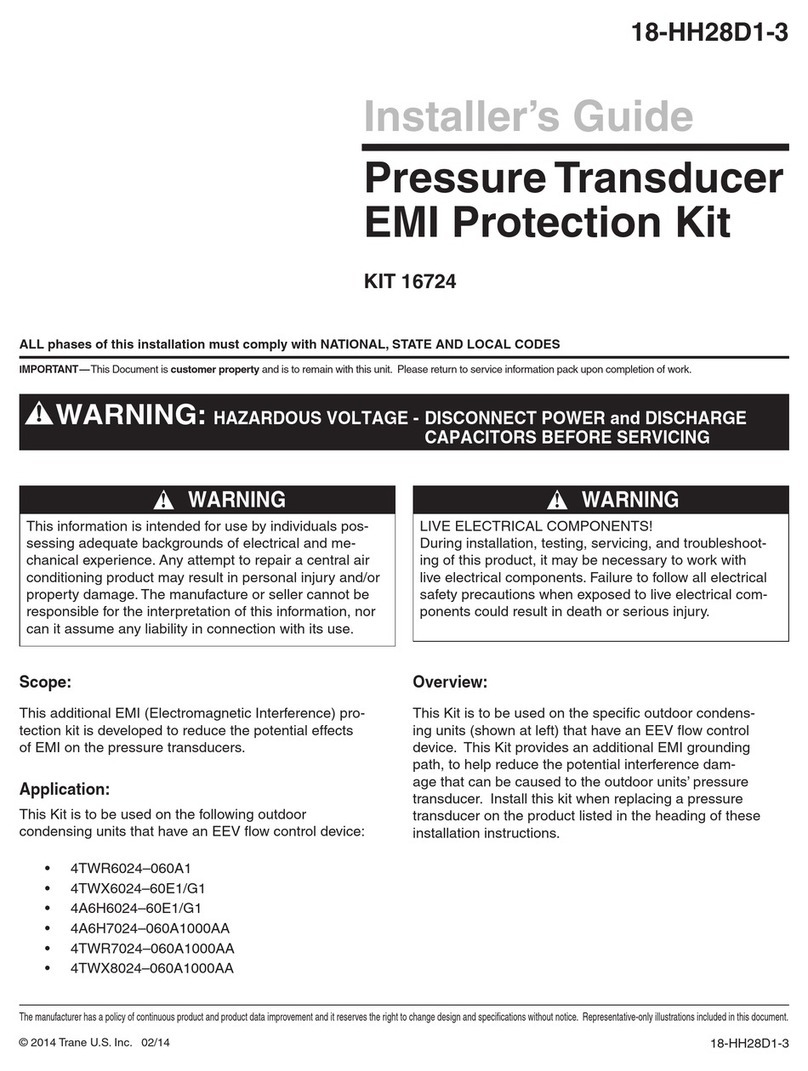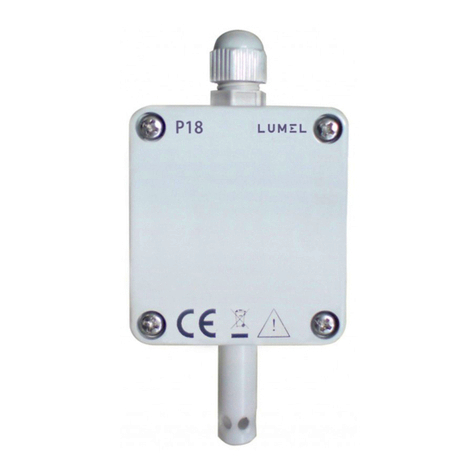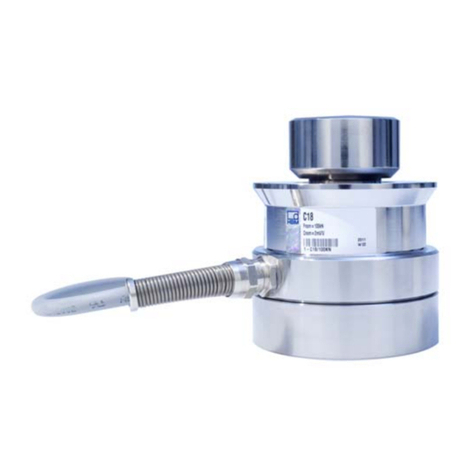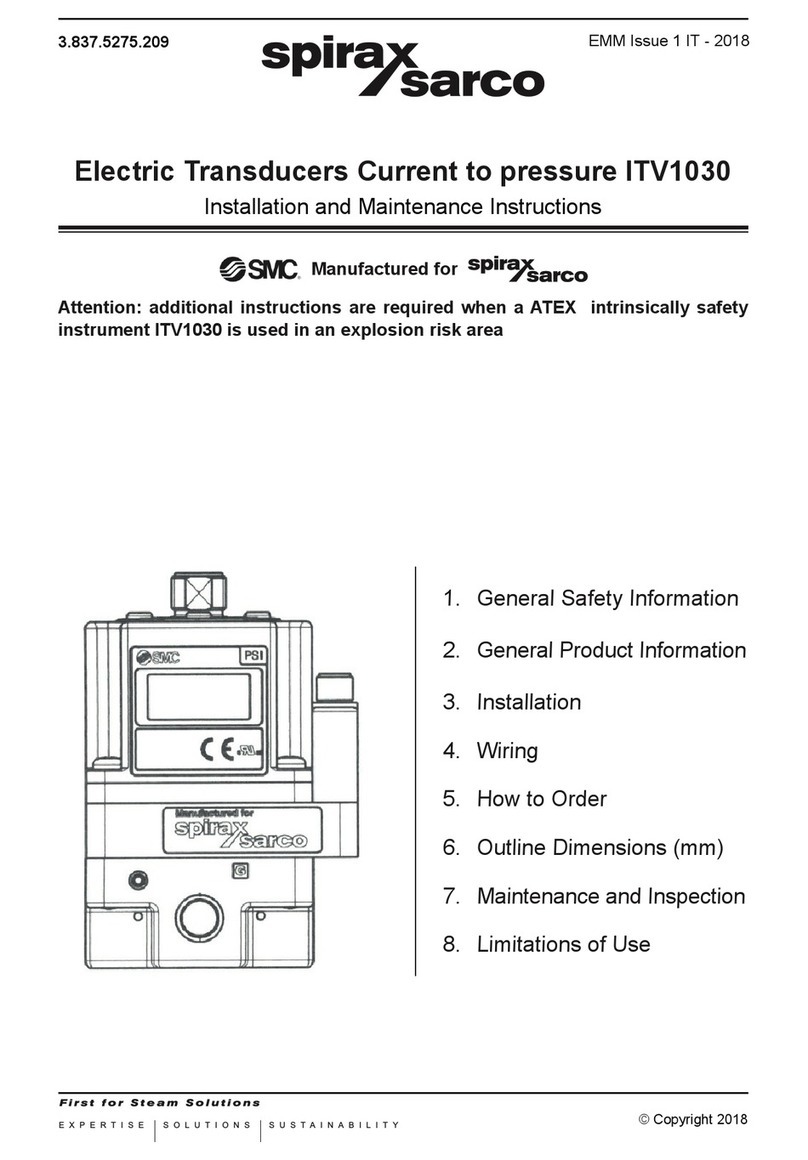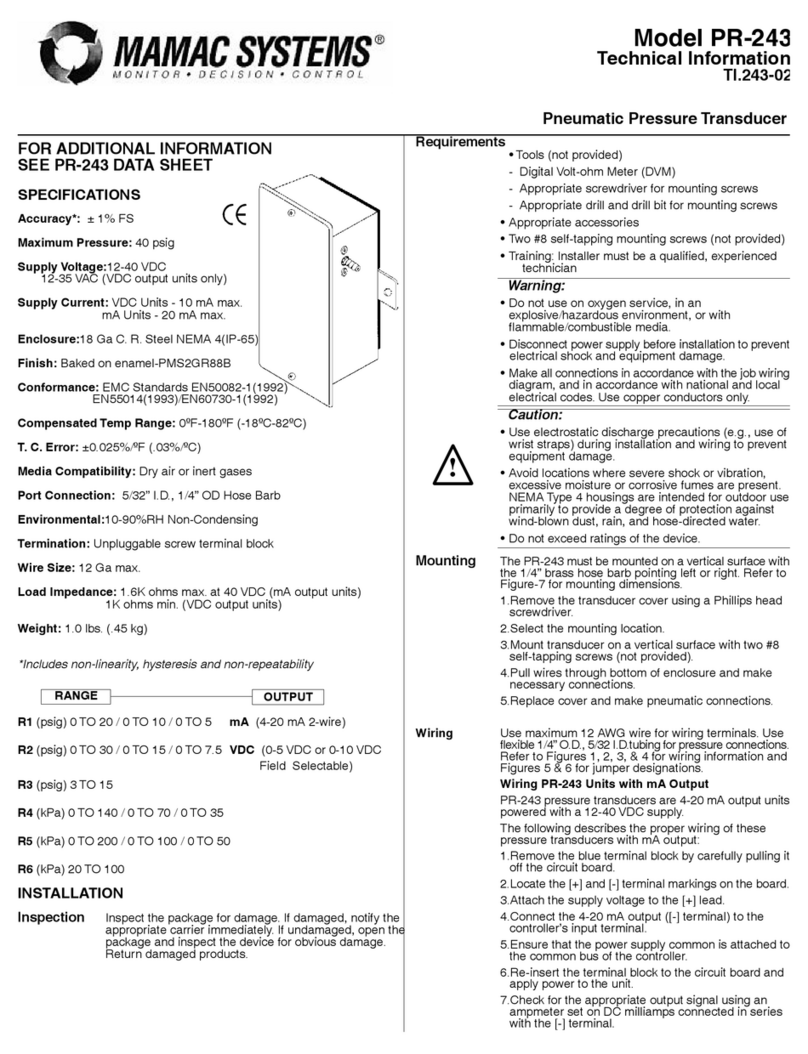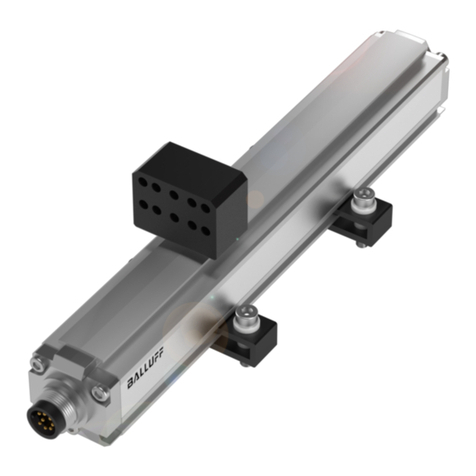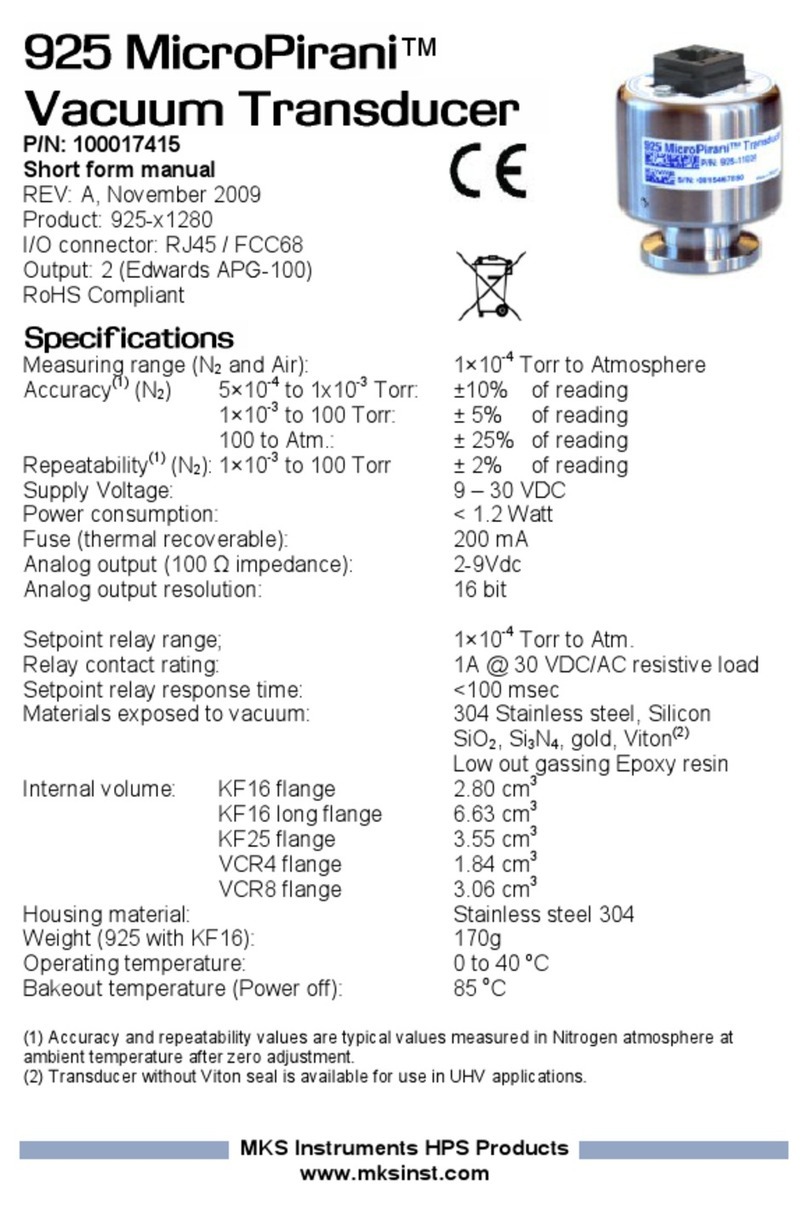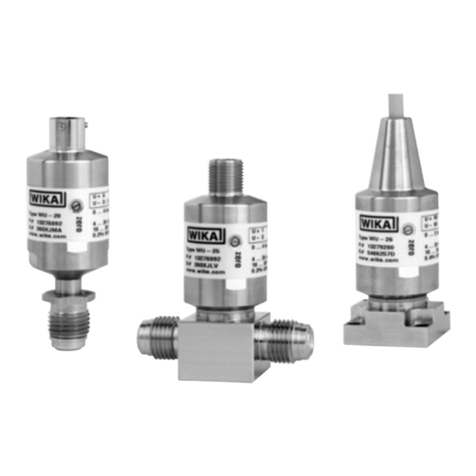
WattNode ®Pulse
Quick Install Guide
Precautions
Read, understand, and follow all instruc-
tions in the “Installation and Operation
Manual” including all warnings, cautions,
andprecautionsbeforeinstallingandus-
ing the product.
PotentialShockHazardfromDangerous
High Voltage.
Different WattNode models measure circuits with
voltages from 120 Vac single-phase to 600 Vac
three-phase. These voltages are lethal! Always
adhere to the following checklist:
1) CCS recommends that a licensed electrician
install metering equipment.
2) The terminal block screws are not insulated. Do
not contact metal tools to the screw terminals if
the circuit is live!
3) If the meter is installed incorrectly, the safety
protections may be impaired.
Mounting
●Protect the meter from moisture, direct sunlight,
high temperatures, and conductive pollution
(salt spray, metal dust, etc.), using a NEMA rated
enclosure if necessary.
●Do not install the meter where temperatures fall
below -30°C or above 55°C (-22°F to 131°F).
●The meter must be installed in an electrical ser-
vice panel, a junction box, or a limited access
electrical room.
●Do not drill mounting holes with the meter
in the mounting position because the drill bit
or chuck may damage the meter and leave drill
shavings in the connectors.
The meter has two mounting holes spaced 136.6
mm (5.375”) apart (center to center). These mount-
ing holes are normally obscured by the detachable
screw terminals. Remove the screw terminals to
mark the hole positions and mount the meter.
Self tapping #8 sheet metal screws are included.
Don’t over-tighten the screws, as long term stress
on the case can cause cracking.
Electrical Service Types
Table 1 above lists the WattNode models and com-
mon circuit types. In the “Electrical Service Types”
column, when two voltages are listed with a slash
between them, they indicate the line-to-neutral / line-
to-line voltages.
Figure 1 above shows the connections for a three-
phase wye circuit. Other circuit types are similar,
but with fewer connections (no neutral for delta, no
phase C for single-phase three-wire 120V/240V).
See the full manual for more diagrams.
Connect Current Transformers
●Use only UL recognized current transformers
(CTs) with built-in burden resistors that gener-
ate 0.333 Vac (333 millivolts AC) at rated current.
●Do not use ratio or current output CTs such
as 1 amp or 5 amp output models! See the full
manual for the maximum input current ratings.
●To minimize current measurement noise, avoid
extending the CT wires, especially in noisy envi-
ronments. If it is necessary to extend the wires,
use shielded twisted pair wire 22 - 14 AWG,
rated for 300V or 600V.
●You may shorten the CT wires.
●Put jumper wires across unused CT inputs.
●Find the arrow or label “THIS SIDE TOWARD
SOURCE” on the CT and face toward the current
source: generally the circuit breaker.
To install the CTs, pass the conductor to be mea-
sured through the CT and connect the CT leads to
the meter. Always remove power before discon-
necting any live wires. Put the line conductors
through the CTs as shown in Figure 1 above.
CTs are directional. If they are mounted backwards
or with their white and black wires swapped the mea-
sured power will be negative. The meter indicates
negative measured power with flashing red LEDs.
Split-core CTs can be opened for installation around
a conductor. A nylon cable tie can be secured around
the CT to prevent inadvertent opening.
Wiring
Connect the white and black CT wires to the meter.
Excess length may be trimmed from the wires if de-
sired. Strip or trim the wires to expose 1/4" (6 mm)
of bare wire. The current transformers connect to
the six position black screw terminal block. Connect
each CT with the white wire aligned with the white
dot on the label, and the black wire aligned with the
black dot. Note the order in which the phases are
connected, as the line voltage phases must match
thecurrentphasesforaccuratepowermeasurement.
Finally record the CT rated current as part of the
installation record for each meter.
Connect Voltage Terminals
Circuit Protection
The meter must be installed with a disconnect (cir-
cuit breaker, switch, or disconnect) and overcurrent
protection (fuse or circuit breaker).
The meter only draws 10-30 milliamps, so the rating
of any switches, disconnects, fuses, and/or circuit
breakers is determined by the wire gauge, the mains
voltage, and the current interrupting rating required.
●The switch, disconnect, or circuit breaker must
be as close as practicable to the meter.
●Use circuit breakers or fuses rated for 20 amps
or less.
●The circuit breakers or fuses must protect the
mains terminals labeled ØA, ØB, and ØC. If neu-
tral is also protected, then the overcurrent pro-
tection device must interrupt both neutral and
the ungrounded conductors simultaneously.
●The circuit protection / disconnect system must
meet IEC 60947-1 and IEC 60947-3, as well as
all national and local electrical codes.
Ground
WHITE
BLACK
ØB CT
ØC CT
ØA CT
ØB
ØC
N
ØA
GND or Common
Input or Positive
Monitoring Equip-
ment or Display
P1
P2
P3
COM
Output
Status
Status
Status
WATT
N
ODE
®
PULSE
WNB-
WNB--P
-P
Neutral
Phase A
Phase B
Phase C
LOAD
WHITE
BLACK
WHITE
BLACK
LINE
Source
Faces
Current
Transformers
3Y-xxx
3D-xxx
Figure 1: WattNode Wiring Diagram
Model Type Line-to-
Neutral Vac Line-to-
Line Vac Electrical
Service Types
WNB-3Y-208-P Wye 120 Vac 208–240
Vac
1 Phase 2 Wire 120V with neutral
1 Phase 3 Wire 120V/240V with neutral
3 Phase 4 Wire Wye 120V/208V with neutral
WNB-3Y-400-P Wye 230 Vac 400 Vac 1 Phase 2 Wire 230V with neutral
3 Phase 4 Wire Wye 230V/400V with neutral
WNB-3Y-480-P Wye 277 Vac 480 Vac 3 Phase 4 Wire 277V/480V with neutral
1 Phase 2 Wire 277V with neutral
WNB-3Y-600-P Wye 347 Vac 600 Vac 3 Phase 4 Wire 347V/600V with neutral
WNB-3D-240-P Delta (or
Wye) 120–140 Vac 208–240
Vac
1 Phase 2 Wire 208V (no neutral)
1 Phase 2 Wire 240V (no neutral)
1 Phase 3 Wire 120V/240V with neutral
3 Phase 3 Wire Delta 208V (no neutral)
3 Phase 4 Wire Wye 120V/208V with neutral
3 Phase 4 Wire Delta 120/208/240V with neut.
WNB-3D-400-P Delta
(or Wye) 230 Vac 400 Vac 3 Phase 3 Wire Delta 400V (no neutral)
3 Phase 4 Wire Wye 230V/400V with neutral
WNB-3D-480-P Delta
(or Wye) 277 Vac 480 Vac 3 Phase 3 Wire 480V (no neutral)
3 Phase 4 Wire 277V/480V
Table 1: WattNode Models
